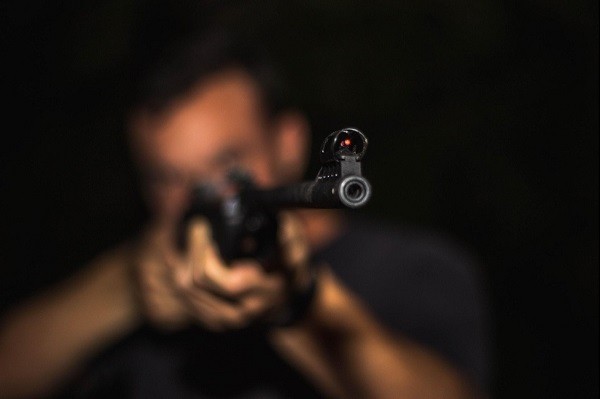Choosing the Right Firearm: Factors to Consider and Tips to Follow

Selecting the right firearm is a crucial decision, whether you’re a seasoned gun owner or a first-time buyer. With a myriad of options available, it’s essential to consider various factors to ensure that the chosen firearm aligns with your needs, preferences, and intended use. In this article, we’ll explore key factors to consider and offer tips to guide you in making an informed decision.
Purpose of Use
The first step in choosing the right firearm is defining its intended purpose. Choose the right firearm for self-defence, home protection, target shooting, or recreational purposes? Different firearms are designed for specific uses, so identifying your primary purpose will narrow down your options and guide your selection.
Type of Firearm
Once you’ve established the purpose, consider the type of firearm that best suits your needs. Common types include handguns (pistols and revolvers), rifles, and shotguns. Handguns are versatile and suitable for self-defence, while rifles excel at precision shooting and longer ranges. Shotguns are effective for home defense and certain types of hunting. Choose a type that aligns with your intended use.
Caliber Considerations
Caliber refers to the size of the ammunition a firearm uses. It significantly influences factors like recoil, accuracy, and stopping power. Research and consider the ballistic characteristics of different calibers to find one that suits your comfort level and intended use. Beginners may find starting with a smaller caliber helps build confidence and skills.
Ergonomics and Fit
Comfort and ergonomics play a crucial role in firearm selection. The firearm should feel comfortable in your hands, and the grip should allow for a secure hold. Pay attention to factors like the weight, size, and balance of the firearm. If possible, try handling different models to find one that feels natural and fits your physique.
Safety Features
Safety first be a top priority when choosing a firearm. Look for models with built-in safety features such as manual safeties, trigger safeties, and magazine disconnects. Understanding and practicing proper firearm safety is essential, but having additional safety features can provide an extra layer of protection, especially for first-time gun owners.
Budget Considerations
Establish a realistic budget before diving into your firearm search. Prices can vary significantly based on the type, brand, and features of the firearm. Consider not only the initial cost but also ongoing expenses such as ammunition, accessories, and training. Setting a budget helps narrow down options and ensures that you find a firearm that meets your needs without breaking the bank.
Research and Reviews
Before making a final decision, conduct thorough research on potential firearm models. Read reviews from reputable sources, and consider user feedback. Online forums and community discussions can provide valuable insights from individuals who have hands-on experience with the firearms you’re considering. Learning from others’ experiences can help you make a more informed choice.
Training and Familiarization
Regardless of your experience level, it’s essential to undergo training and familiarization with your chosen firearm. Take advantage of introductory courses offered by shooting ranges or seek guidance from experienced individuals. Proper training not only enhances safety but also ensures that you can use your firearm effectively and confidently.
Legal Considerations
Familiarize yourself with local and state laws regarding firearm ownership and use. Some areas may have specific restrictions on certain types of firearms or ammunition. Understanding the legal landscape helps you make choices that comply with regulations and avoids potential legal issues.
Visit a Shooting Range
If possible, visit a shooting range to try out different firearms before making a purchase. Many ranges offer rental services, allowing you to experience how different models feel and perform. This hands-on experience can be invaluable in making a final decision based on your preferences and comfort level.
Conclusion
Choosing the right firearm involves careful consideration of various factors, from the intended purpose to personal preferences and safety features. By thoroughly researching options, seeking training, and considering practical aspects like budget and legal considerations, you can make a well-informed decision that aligns with your needs and ensures a positive and responsible firearm ownership experience.




